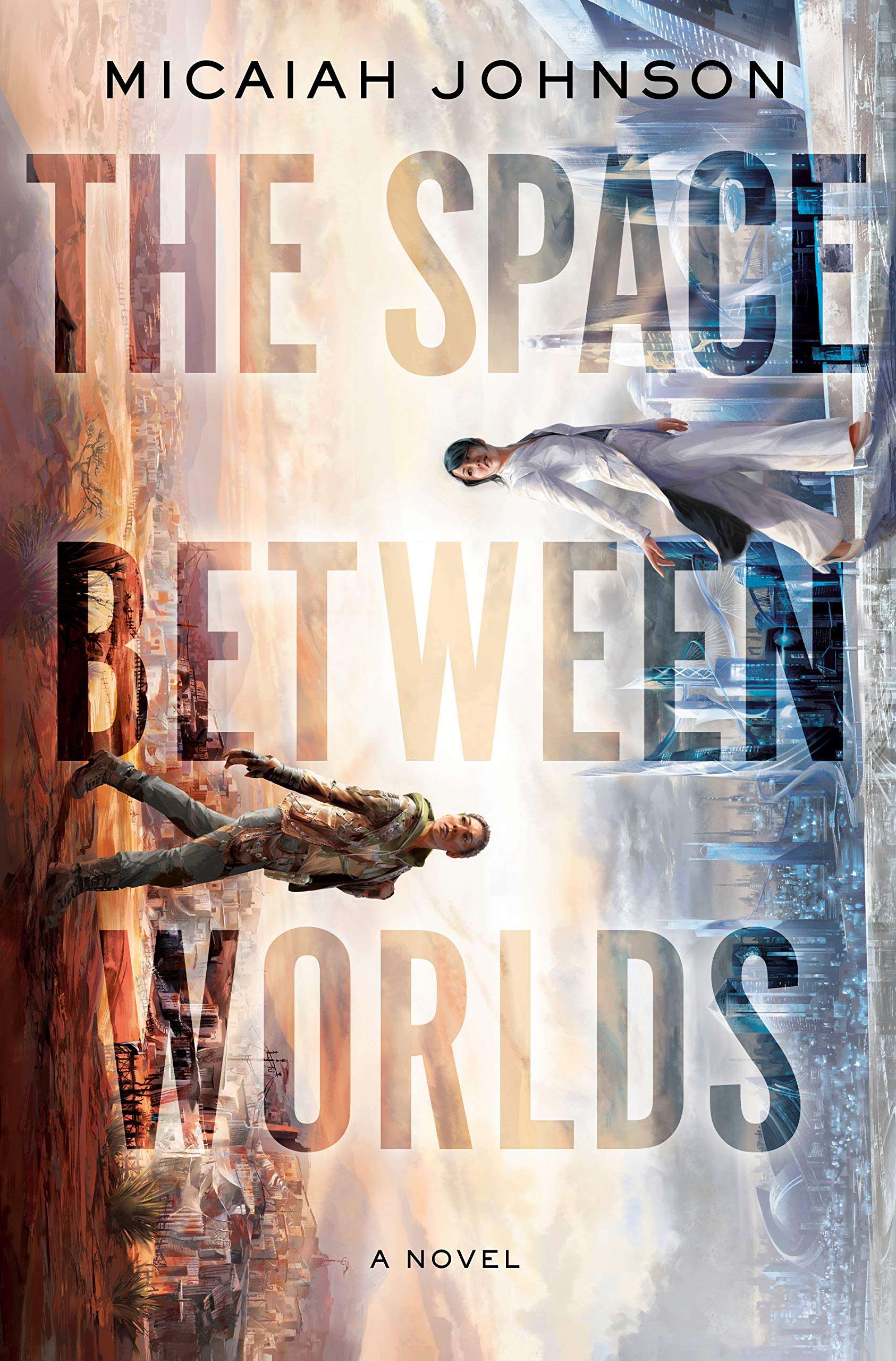The Films in My Life, by Francois Truffaut

We are lucky that Francois Truffaut was in his short life a prolific filmmaker and a prolific critic as well. One of the founders of the French new wave, Truffaut broke cinematic ground with personal films like The 400 Blows, Jules and Jim, Stolen Kisses, Day for Night, and The Story of Adele H. He remained throughout his life a dedicated moviegoer and a clear-headed voice about what made a movie great. And from a young age, wrote and published film criticism, but notably in Cahiers du Cinema, the influential French journal. Truffaut flourished under the mentorship of Andre Bazin, editor at that time, and launched his literary career with an essay, “A Certain Trend of French Cinema,” that dismantled the film conventions of the day and helped launch auteur theory—which argued for a more personal, subjective approach by directors. Truffaut understood the spectrum of filmmaking as few directors have, as an auteur ,and as an actor. He would act in many of his own films, but also played the central role in Steven Spielberg’s 1978 film, Close Encounters of the Third Kind. The Films in My Life, first published in 1975, collects essays from over Truffaut’s career, and in his straightforward, often acerbic but always precise style, look at the history of film and the directors who served as his teachers and inspiration: Hitchcock, Welles, Chaplin, Renoir, Cocteau, Bergman, and Buñuel.
Among the essays is a look at classic film of the late 1950s and 60s, Albert Lamoirsse’s The Red Balloon (1956), in which a “magical” balloon anthropomorphically finds a boy and follows him through the streets of Paris. It’s a popular classic, but one of the films Truffaut likes less—a commitment to his realist roots naturally found the artifice limited in its expressive reach:
When Walt Disney bestowed human speech and reactions on animals, he cheated the animals and the human beings as well…Le Ballon Rouge pushes transference to its ultimate. The red balloon that willingly follows the little boy acts like a puppy that acts like a human being. This is Walt Disney to the nth degree. What is wrong with this pretense is precisely that it is artificial, and it sinks deeper into the conceit as the film goes on.

Among the pleasures of these more than one hundred essays, all selected by the author, is to read Truffaut’s response to the influences within the history of cinema, not just in French and American examples, but internationally. Here he is in 1973, on the premiere of Ingmar Bergman’s Cries and Whispers:
There are Bergman “periods.” The present period is more physical than metaphysical. The strange title Cries and Whispers stays with you as you come away from watching the film, having been cried to and whispered to.

Read this collection to get inside the mind of one of the 20th century’s most brilliant directors and for gems like his essay on Humphrey Bogart, written in 1958, or his appreciation of the anarchic surrealist, Luis Buñuel. In Buñuel, Truffaut finds an exemplar of what it means to make films: “The discipline of film has its own rules, which have not yet been fully explored, and it is only through works such as those of Buñuel and the other great director-writers that we will one day realize them fully.”
Meanwhile, if your French is not too rusty, check out this undated (circa 1960), untranslated interview with Truffaut, here.
—Lauren Alwan

